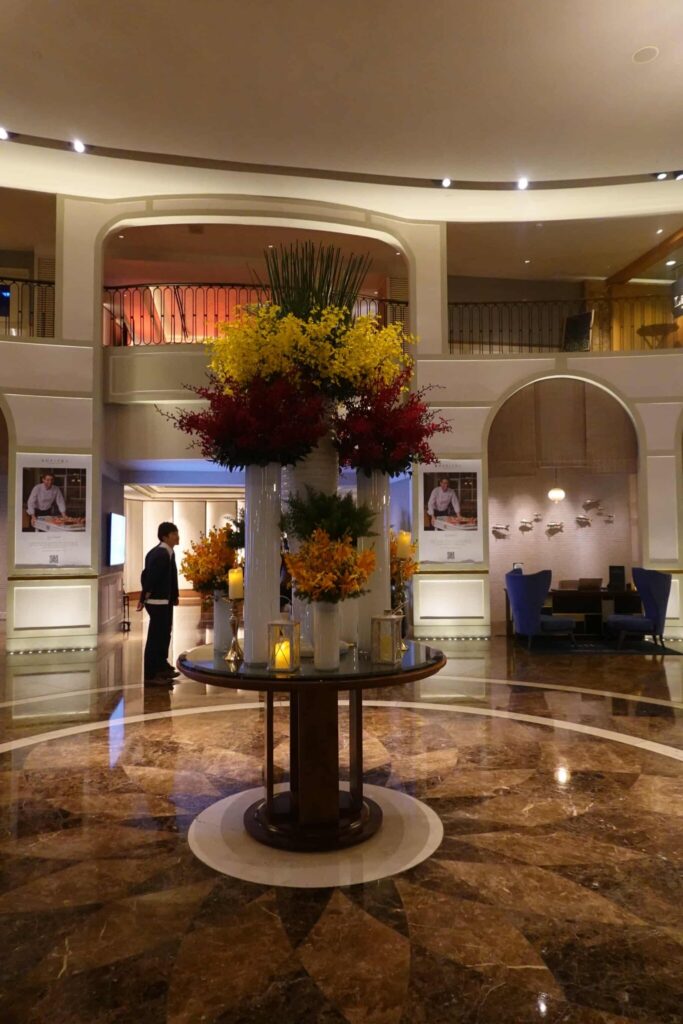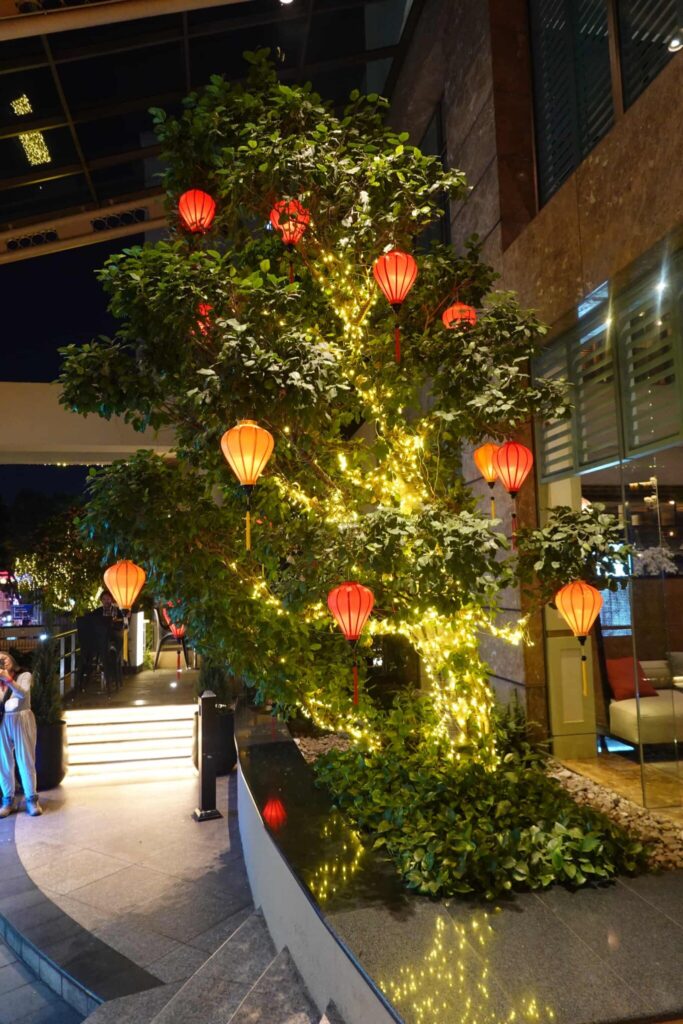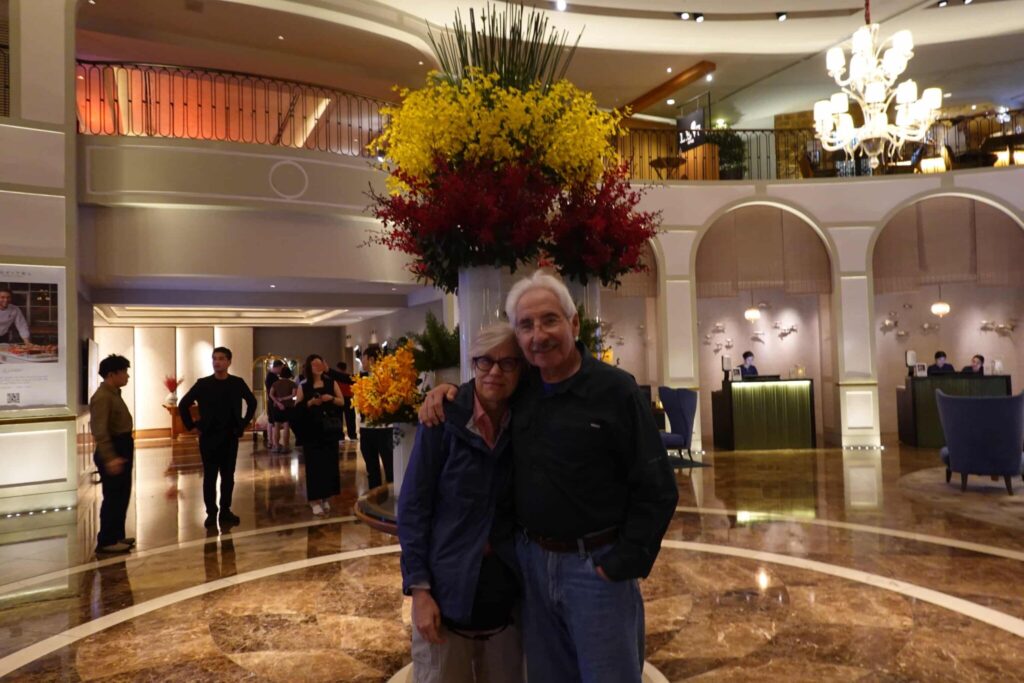HAPPY BIRTHDAY RICK
This morning we left Saigon at 7:30 because we were going to the Cu chi tunnels. Normally it takes about 2 hours to get there but because people have already started traveling for the lunar new year the traffic was terrible and it took us an extra half hour. During the ride, Mai lead a review of the whole trip. It was a great recap of our month-long adventures. Here’s a video of the traffic. The shear number of scooters is amazing.
The Cu Chi tunnels are at the end the of the Ho Chi Minh trail. The Ho Chi Minh trail is the route the Viet Cong used to move troops and supplies back and forth between the north and the south. Only 6-7% of the trail is underground. It was largely dug by guerillas which are south Vietnamese locals who supported Ho Chi Minh and the north’s cause of unification. Mai says that approximately 80% of the Vietnamese supported Ho Chi Minh’s effort to unify the country, the other 20% supported the Americans. Not good odds in my book. FYI, in the 1950s Ho Chi Minh reached out Eisenhower for support while the Vietnamese were fighting the French. He never received a response from Eisenhower so he turned to the USSR and China. He ended up allying himself with the Russians because Vietnam shares a border with China and they had invaded multiple times throughout the centuries. The Russians seemed like a safer bet.
Starting in the 1940s, guerrillas, often women, would dig wells which could be as deep as 60 ft. Then they would dig horizontal tunnels to connect the individual wells. Sometimes they would fill one or many of the well in after the endpoint wells were connected. The soil is mostly clay. Difficult to dig through but relatively stable once a section was complete. For security there was no map of the tunnels was created. The tunnels had obscured ventilation shafts made of hollow bamboo rods connecting the surface to the tunnel . The pictures show the general landscape and a rock-like structure containing a bamboo air shaft.
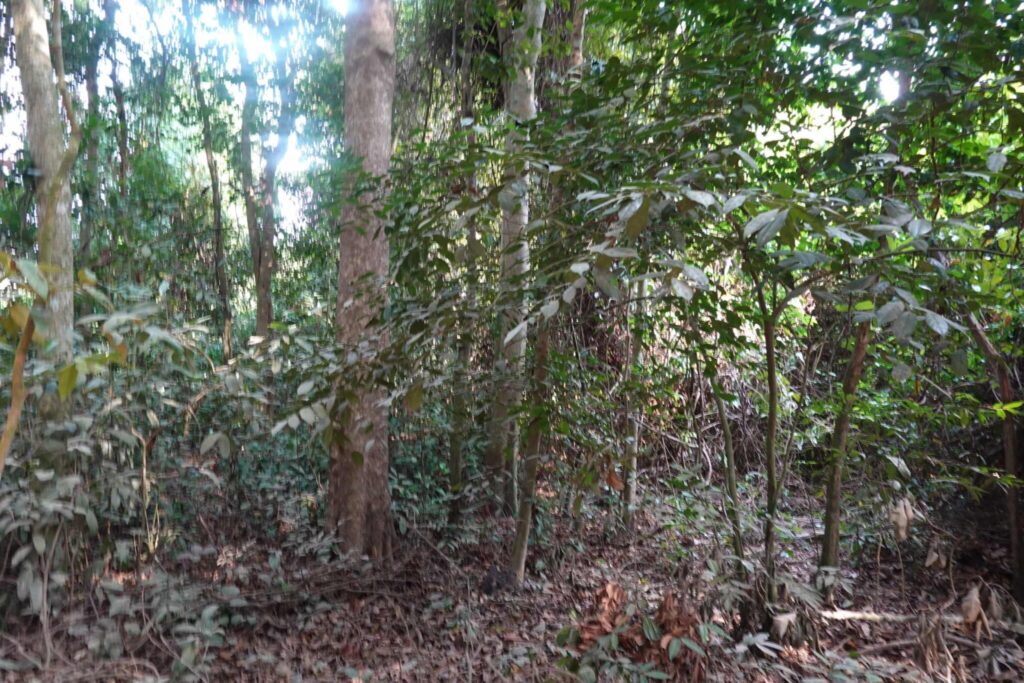



The Americans discovered the tunnels in 1966. They tried to flush people out of the tunnels by flooding them with water and poisonous gases. They used dogs to identify the tunnels entrances since the dogs could smell the Viet Cong’s body odor. To avoid detection of the entrances/exits the VC would rub chili around the openings after so the dogs would just sneeze and move on.
We went into several tunnels and it was extremely tight. You definitely could have claustrophobia. Below the third picture shows a well in the tunnels and the fourth picture shows how they carried water inside the tunnels.

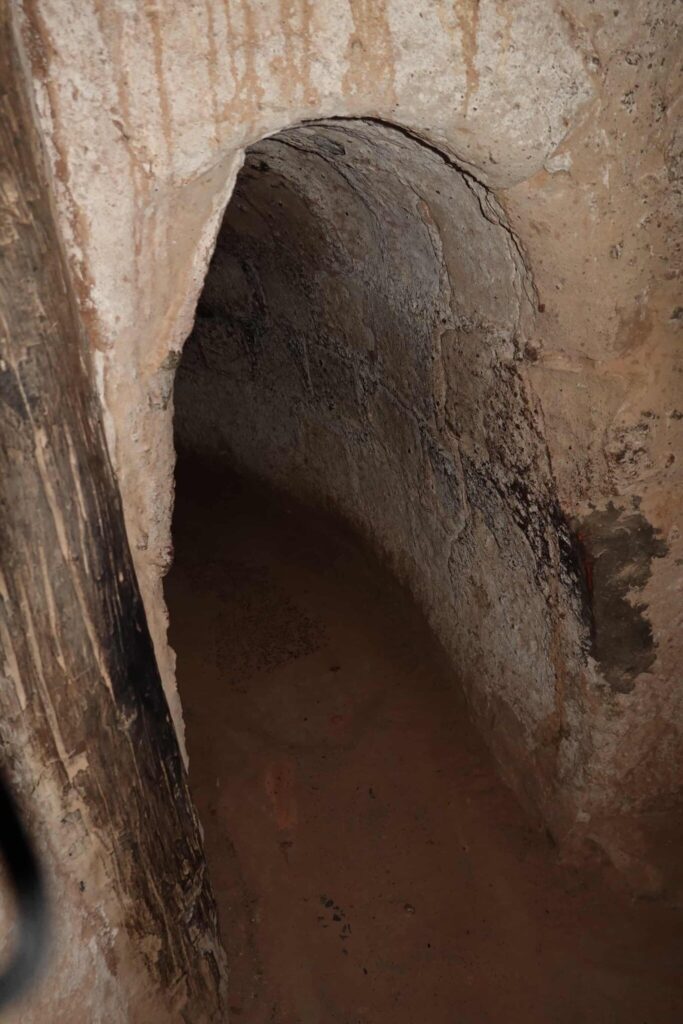
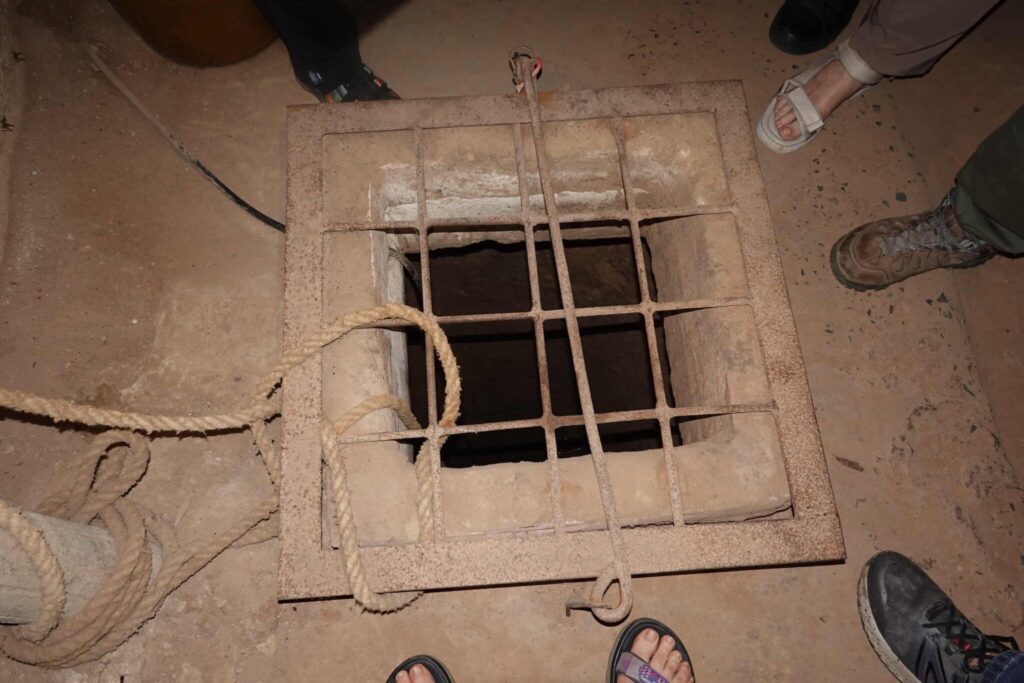
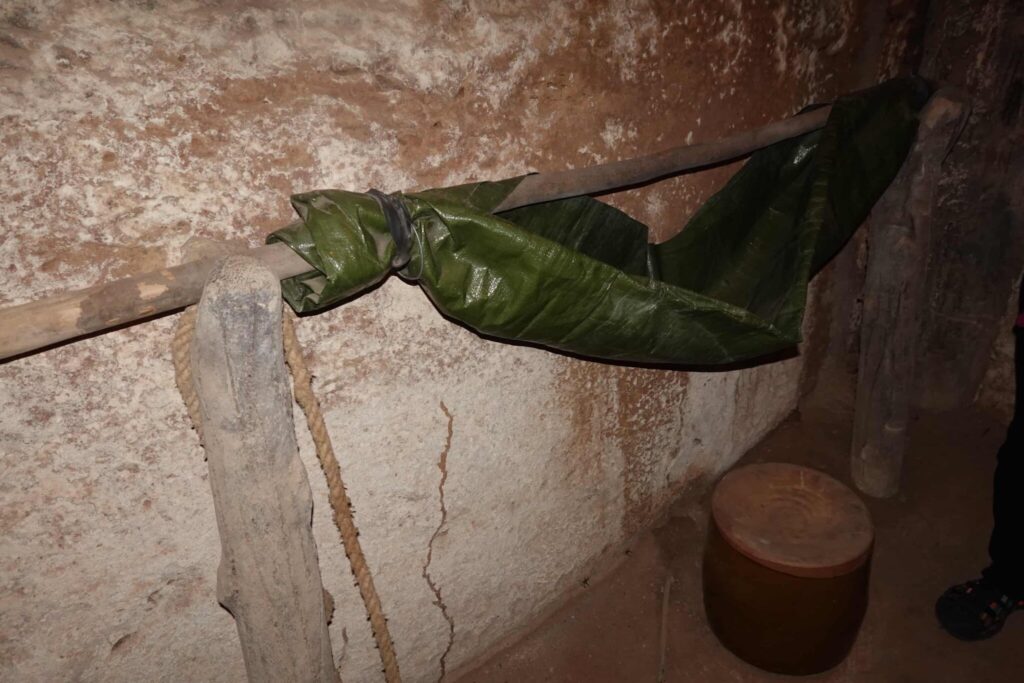
Other interesting things we learned about the war. They had booby traps which consisted of trap door that would flip down when it was walked on and the person or dog would fall into the pit which contained bamboo spears. Some times the spears would be made of the metal from American bomb casings. Many Americans and Vietnamese died in these booby traps. The Vietnamese strategically positioned leaves to warn other Vietnamese but not everyone understood the code.
Here a picture of VC soldier and guerillas. Much of their equipment, eg. canteen etc., was American, either cast off by American soldiers or taken from our dead. The scarfs could be used to carry things or as a face mask against the gas. They also used it for nonverbal communication. For instance if your scarf was flipped the other way it could mean that Americans are nearby. Their shoes were made from tires from American vehicles. They made the treads of the shoes look like the footprints of American boots and walked on shoes that were facing backwards to disguise their direction of travel. They were very resourceful, using whatever they could salvage to solve a problem. The cape was typically an American parachute and if an American plane or helicopter saw it they would think it was an American.
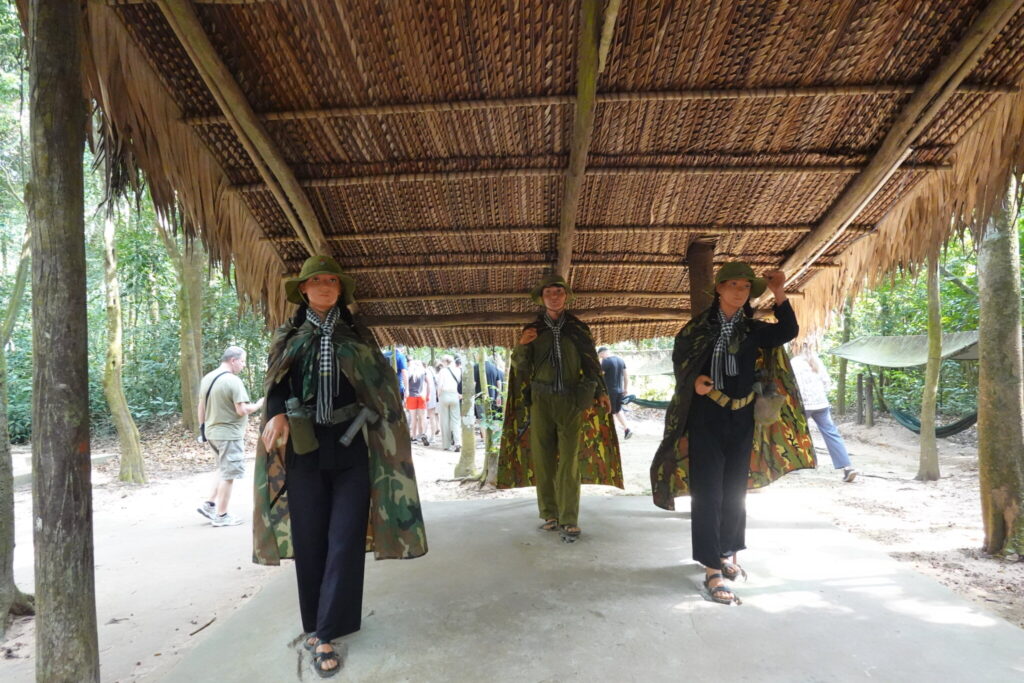
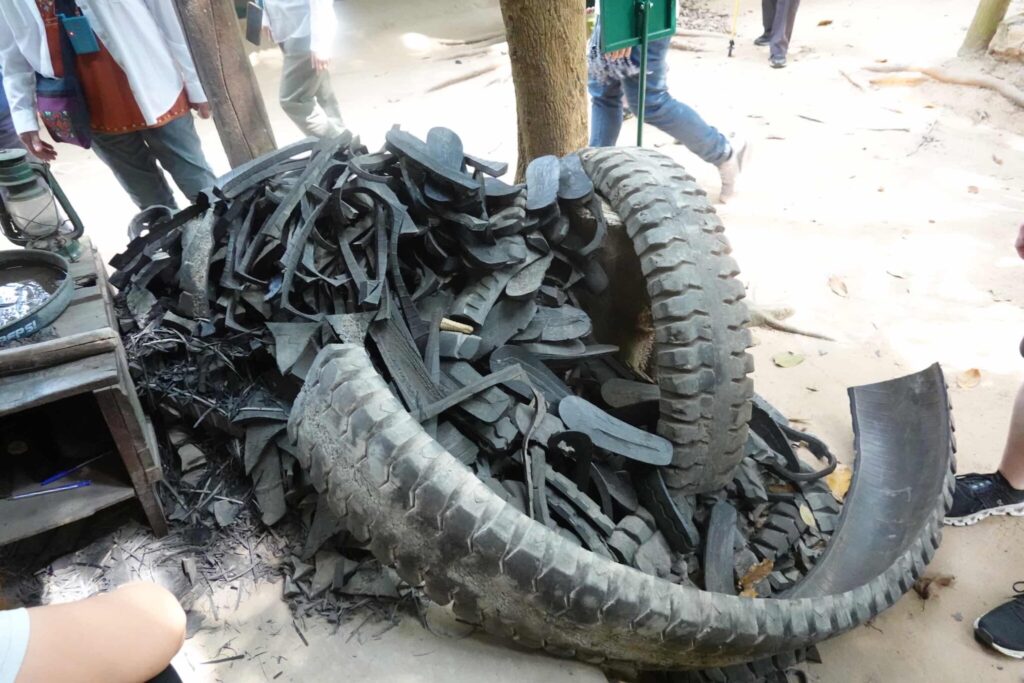
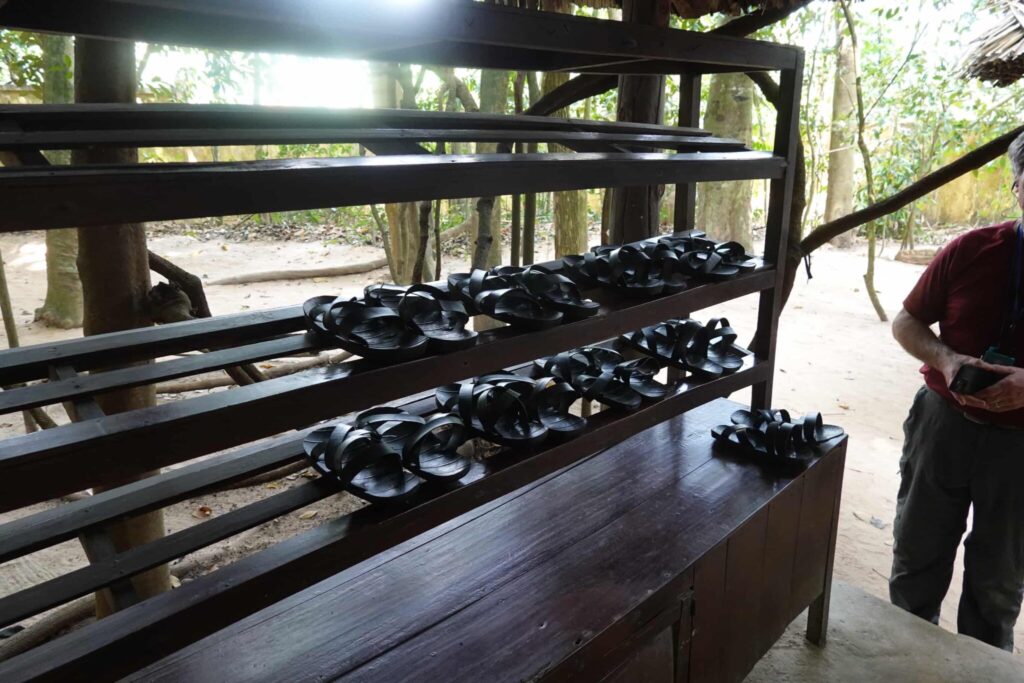
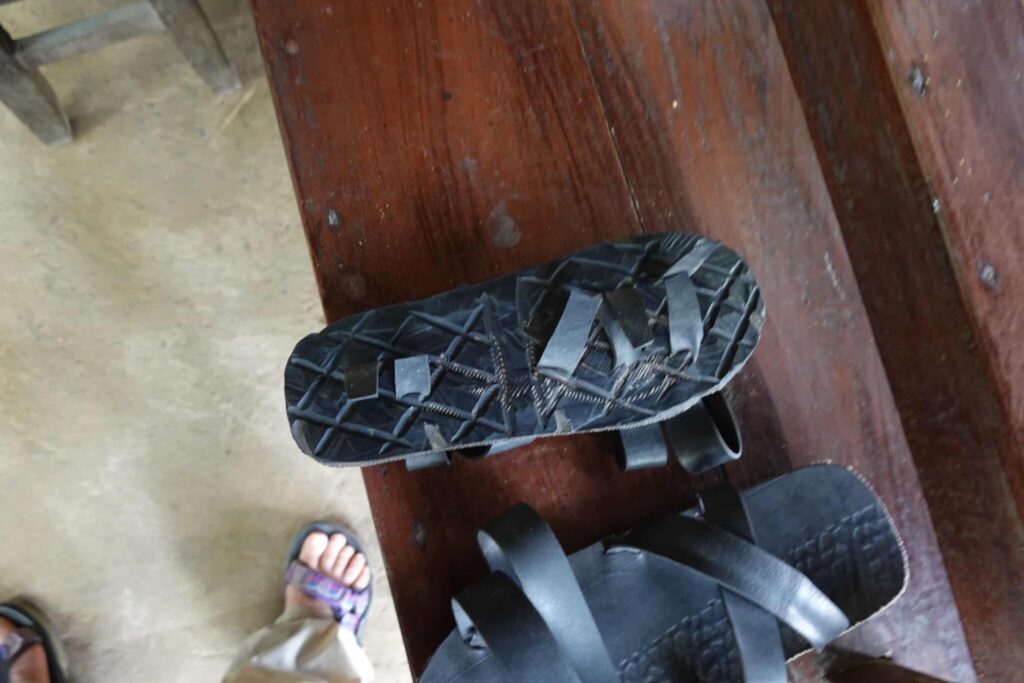
They would even cook underground and had a series of vents to dissipate the smoke slowly so it was undetectable.
They had hospitals within the tunnel system. They didn’t have any anestesia so they made tea from the bark of the snake tree which would make the injured man high for about an hour. The walls of the hospital were covered with plastic so they could easily wash off the blood.

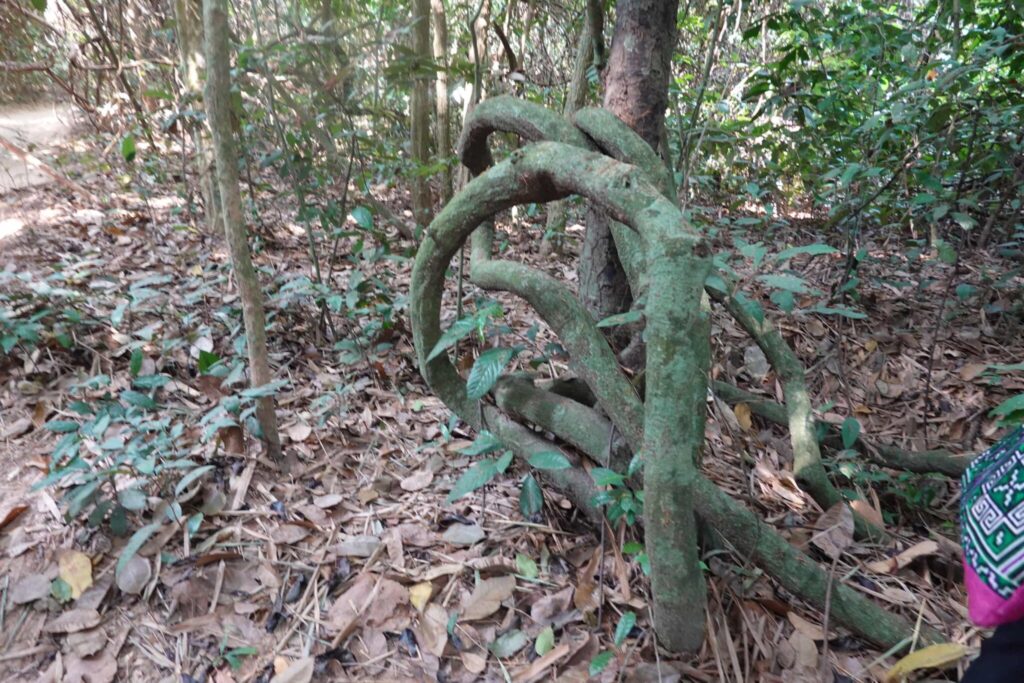

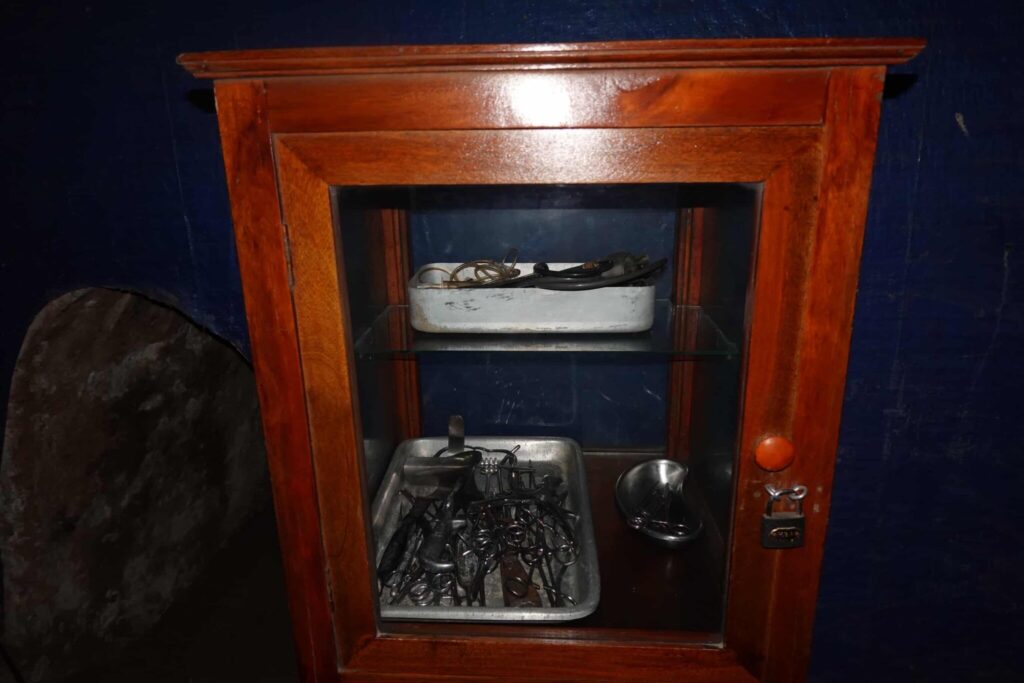

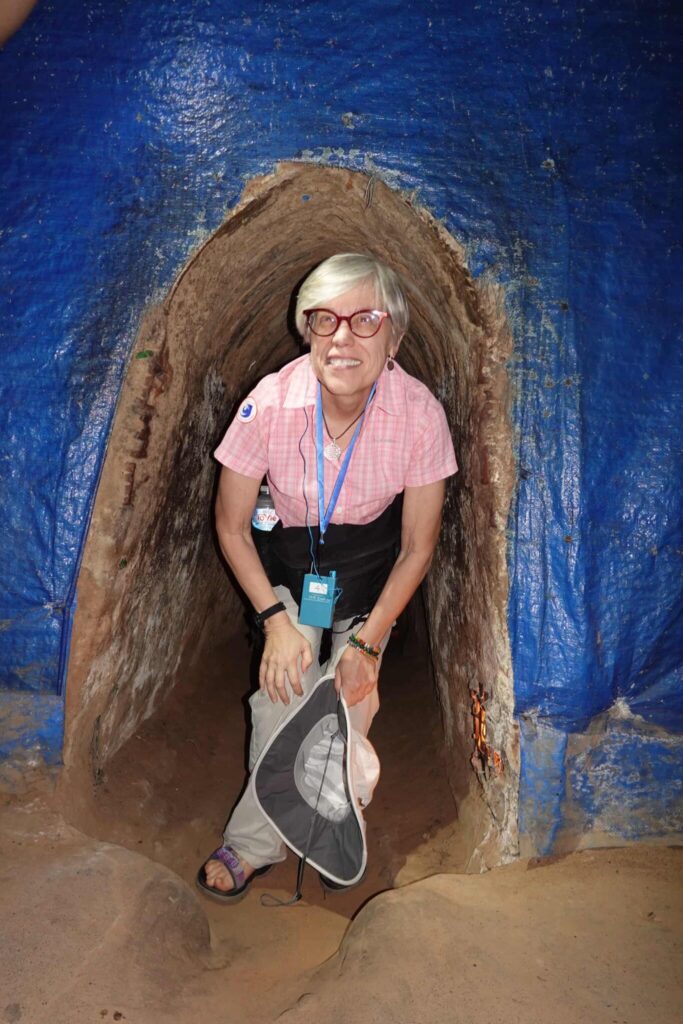
The whole visit was very sobering and it was clear why we has so much trouble fighting against them. My general takeaway — the US troops were fighting a guerrilla war that they were completely unprepared for. Bombs and defoliants could not defeat a people fighting for the cause of unification. The US was fighting for a somewhat obscure ideology that few of our troops could grasp. We really had no chance of victory…
Our next stop was at a local home for lunch. Two former Viet Cong soldiers joined us and we spoke with them over lunch. One of them did most of the talking. He was 83 and joined the VC when he was 14 years old. He was injured and lost the use of two of his fingers. He is diabetic as a result of his exposure to agent orange. He also fought in the border war against China and Cambodia so he was very highly decorated. Both gentlemen were members of the communist party. Our gentleman was in charge of his local veterans association which helped vets get services.
Lunch was delicious and at the end they brought out a plate of banana fritters with a candle in the middle to celebrate Rick’s birthday. Rick also walked away with a big bag of longans, his favorite fruit he learned about on the trip.
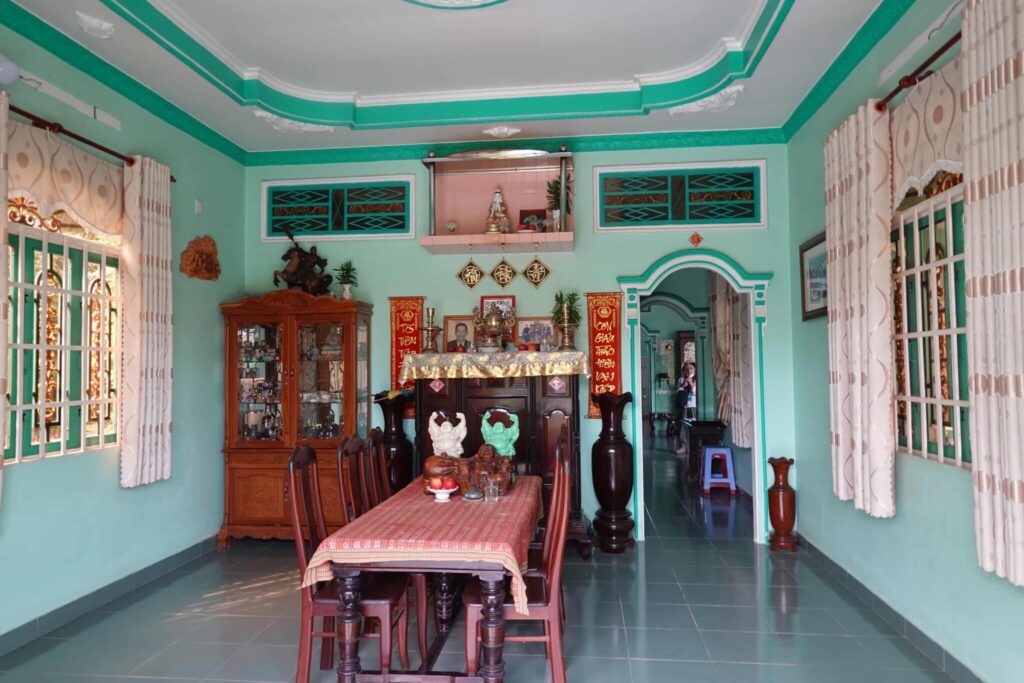
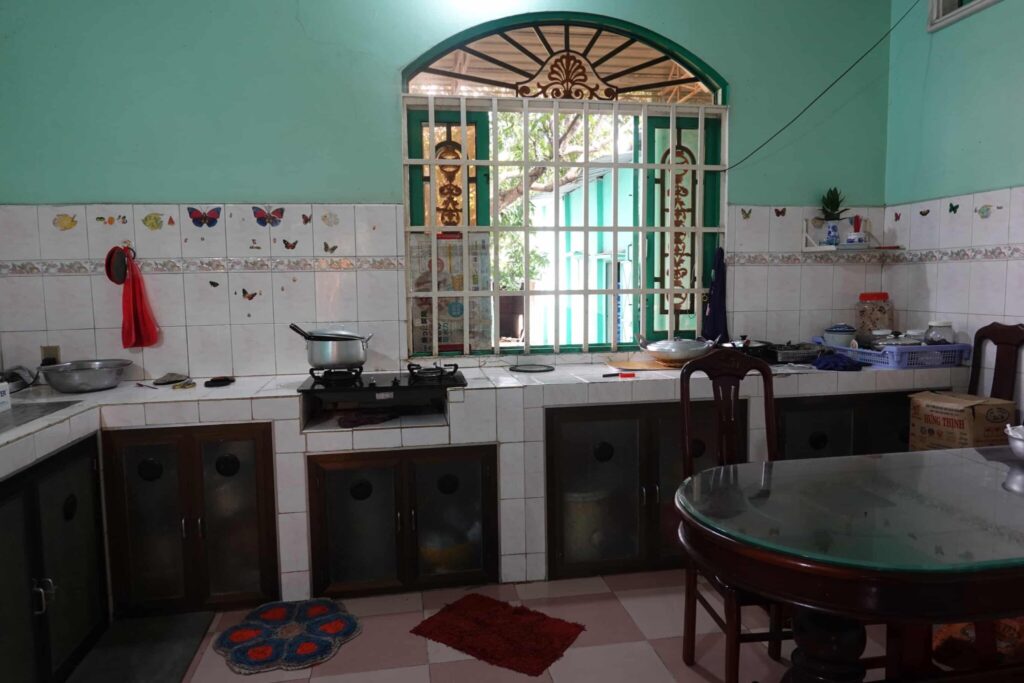
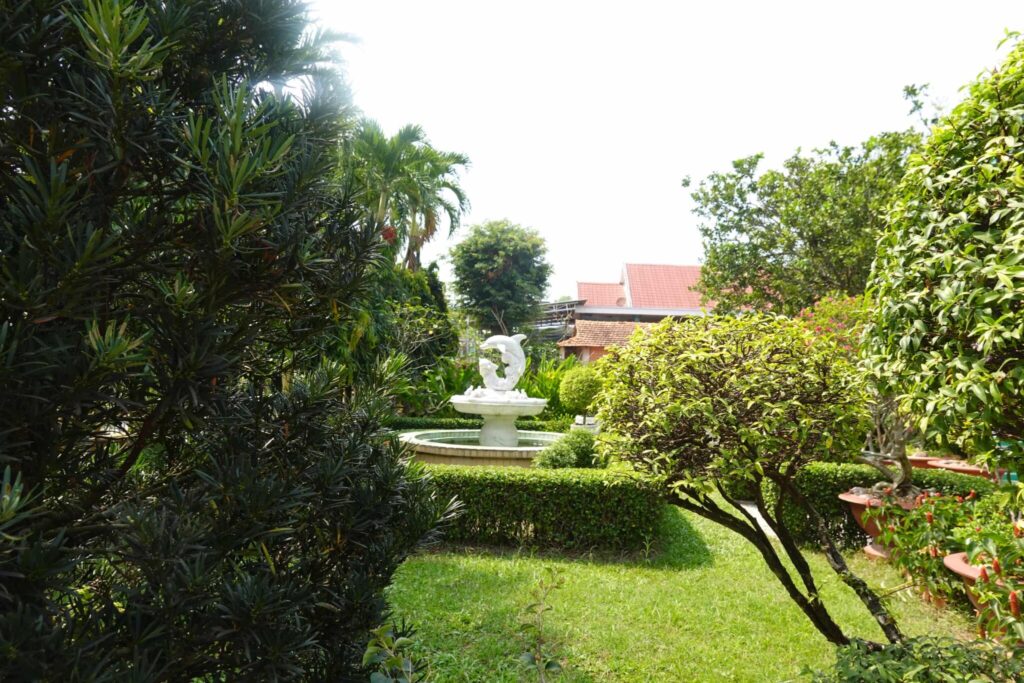
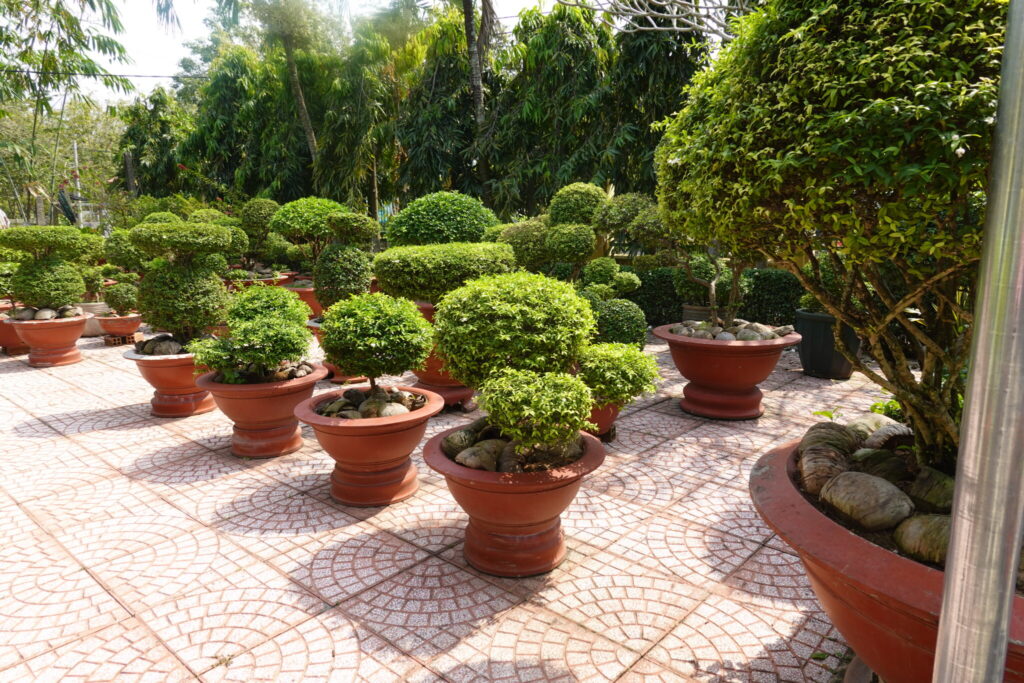

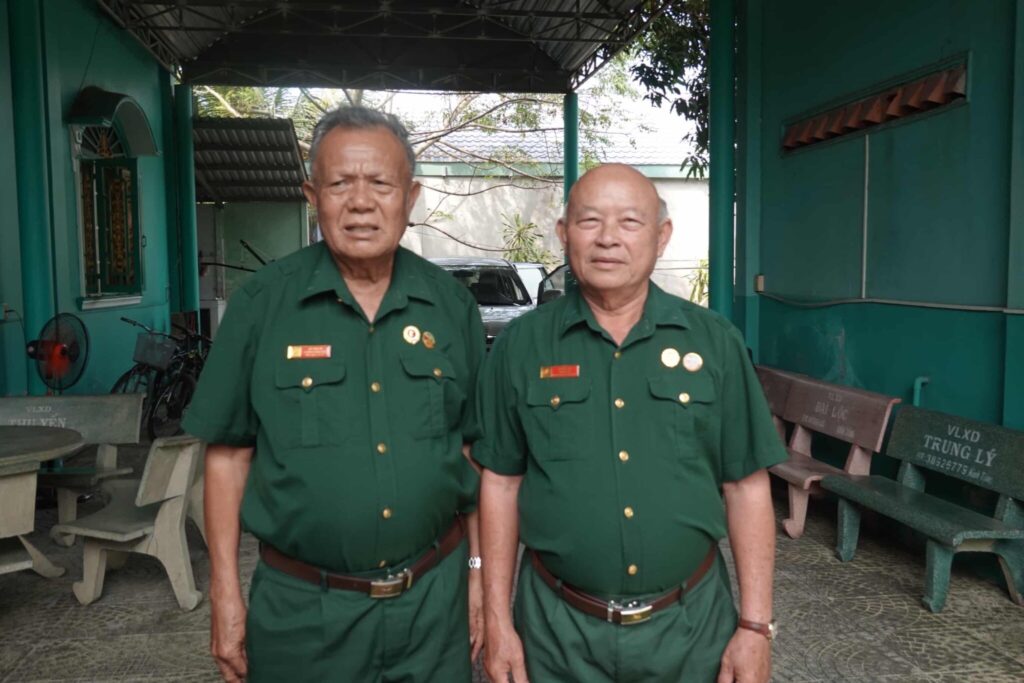
That evening we had our farewell dinner at a restaurant in the 5-star Sofitel Hotel at a restaurant named ST25 run by KOTO, Know One, Teach One, the organization we first visited in Hanoi. ST25 is a type of rice that won the award for the best in the world in 2019. We had to go around the table and tell everyone our favorite memory. Mine was the wide variety of people that we had met. At the dinner, we learned that our guide, Mai, was voted the top OAT guide in the world. Boy, do we feel lucky! The food and the setting were superb.

